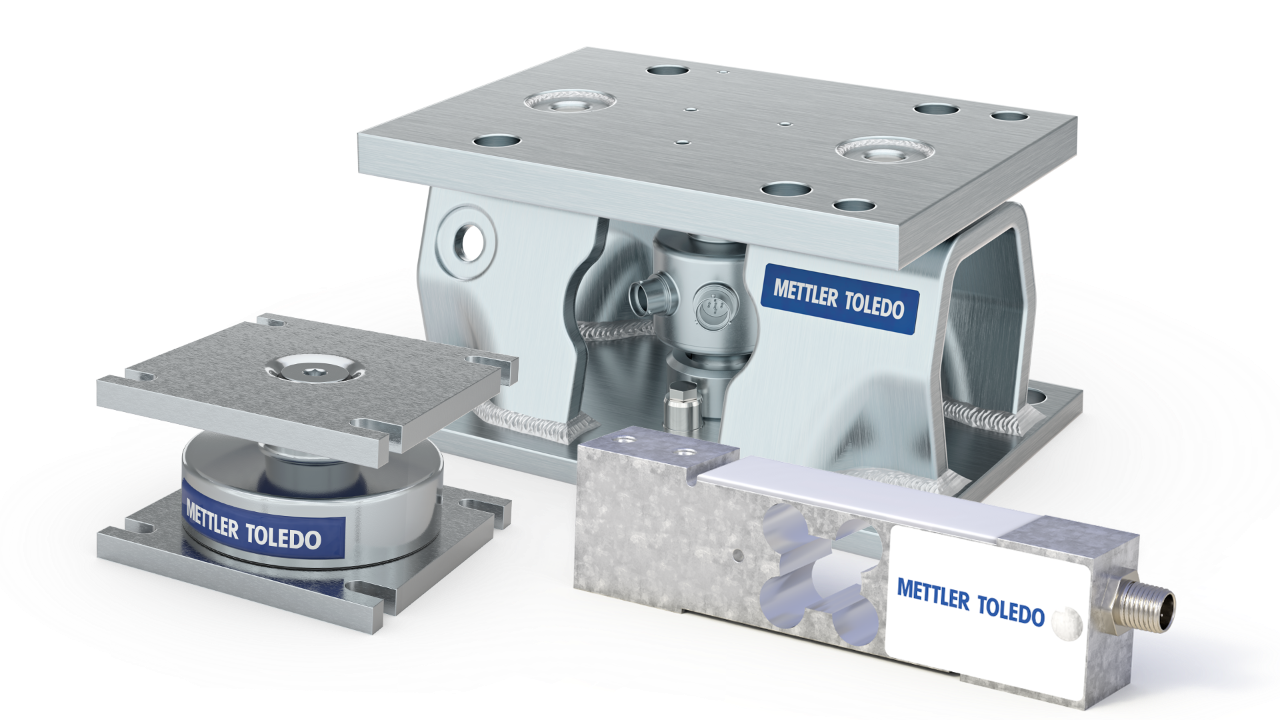Tank scales are an essential component of many production processes. Selecting the appropriate scale capacity is based on anticipated production needs. Additionally, tank scales offer the flexibility to integrate other production steps, such as mixing or dosing.
 |
Numerous calibration methods for tank scales may leave you wondering which is best suited for your operation while meeting quality standards such as ISO 9001. How can you make sure your processes are fully traceable and consistently produce top-quality products at minimal cost? Additionally, you might be looking to enhance safety, shorten calibration times, and reduce resource waste.
Explore six common tank scale calibration methods, outlining their advantages and disadvantages, and demonstrate each through practical use cases.

Choosing the Right Tank Scale Capacity

The Importance of Regular Calibration
Maintaining consistent product quality, maximizing uptime, and ensuring documented accuracy of production line equipment are fundamental pillars of any robust quality system. Such systems establish the framework for regular equipment checks, and like all critical equipment, tank scales require regular calibration to uphold these standards.

Evaluating Tank Scale Calibration Methods
To clearly demonstrate the advantages and disadvantages of each tank scale calibration method, this document outlines various use cases across different scenarios. These examples provide valuable insights into each calibration approach, enabling you to select the most suitable method for your specific business needs.






